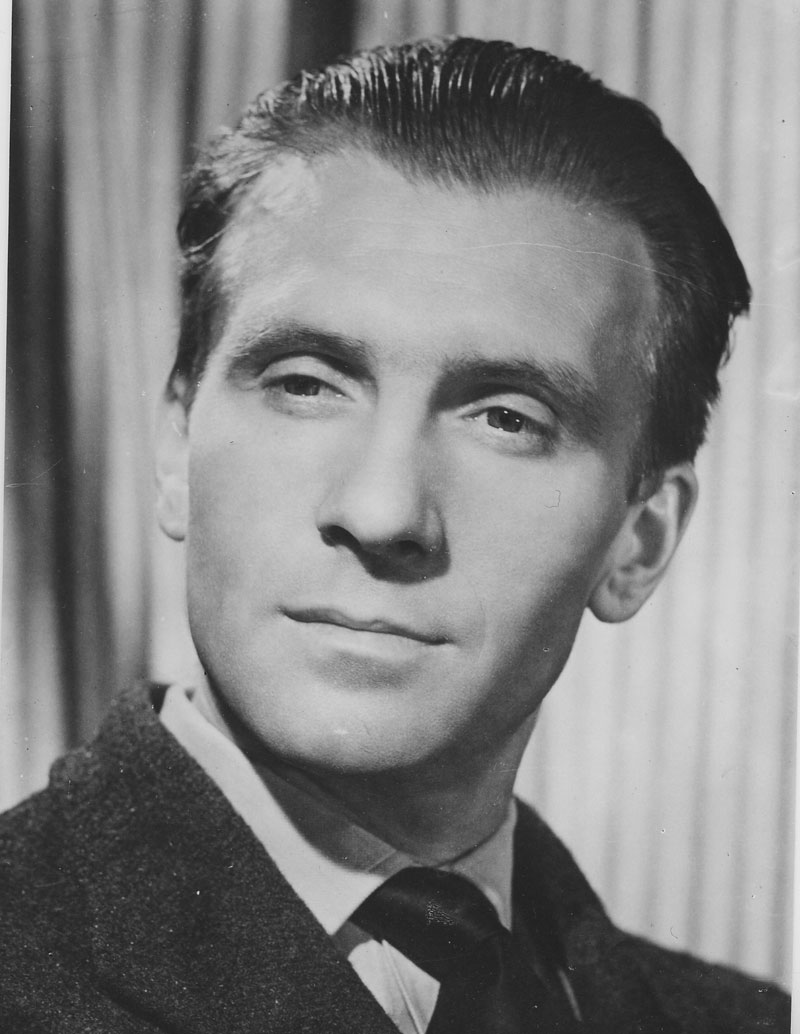For the past century and a half, slightly longer than the life span of the Biennale itself, nationalism has been “one of the most effective answers to questions of identity and connectedness in the fluid world.” [1. Robert H. Wiebe. Who We Are: A History of Popular Nationalism (Princeton: Princeton University Press, 2002): xv.] A fundamental concern in defining nationalism is to distinguish between the cultural and the political or, otherwise stated, between the ‘nation’ and the ‘state.’ Often our vocabulary pairs these two terms together and fails to distinguish between them. [2. David McCrone. The Sociology of Nationalism: Tomorrow’s ancestors (New York: Routledge, 1998): 7.] With this fundamental understanding of the concepts of ‘nation’ and ‘state’, the tern ‘nationalisim’ can be defined. Defined by Robert H. Wiebe, a scholar on American political and social history who taught at Northwestern University, nationalism is:
“the desire among people who believe they share a common ancestry and a common destiny to live under their own government on land sacred to their history. Nationalism expresses an aspiration with a political objective. Behind that aspiration lies a sense of kinship that is simultaneously fictional and real — that is culturally created, as all kin systems are, yet based in some measure of overlapping of customs, histories, and genealogies.” [3. Robert H. Wiebe. Who We Are: A History of Popular Nationalism (Princeton: Princeton University Press, 2002): 5.]
By understanding what exactly embodies nationalism, we are able to fully understand the term national identity. National identity is an individual’s identity and sense of belonging to a state or a nation, a feeling one shares with a community, regardless of citizenship status. It is not an inborn trait, rather it is the direct result of the presence of shared cultural experiences, of language, race, religion, and state.
